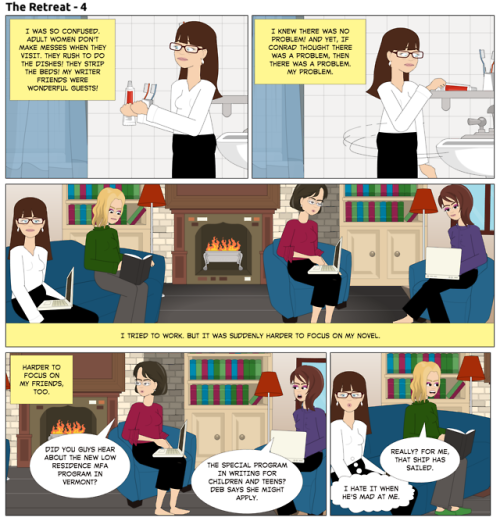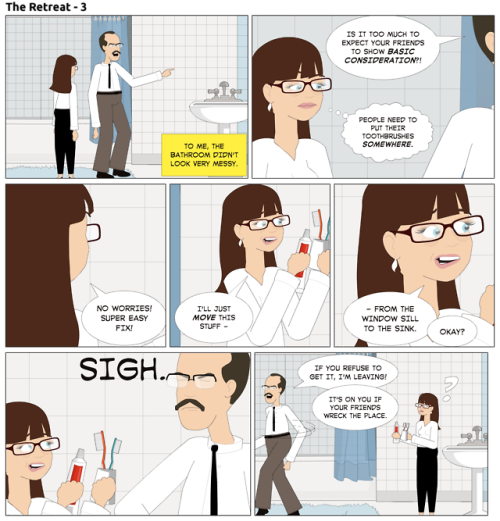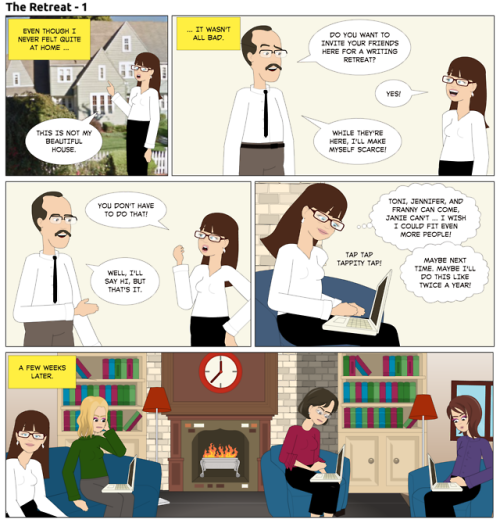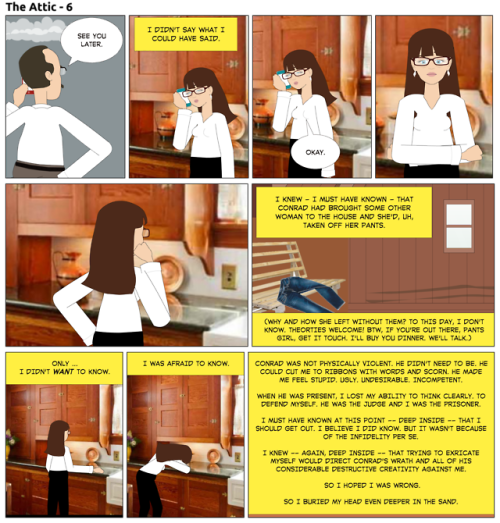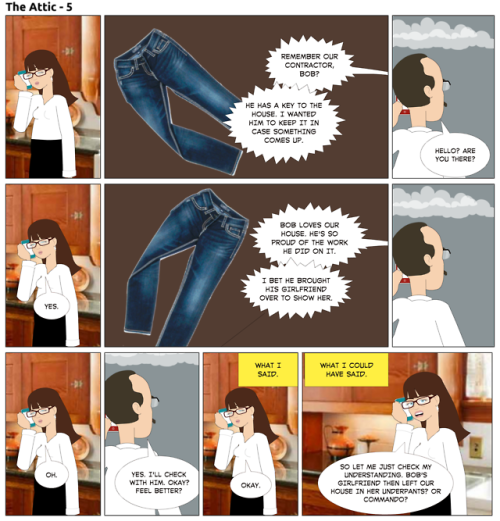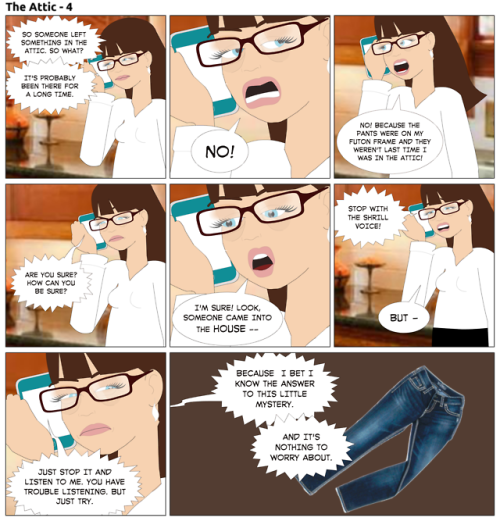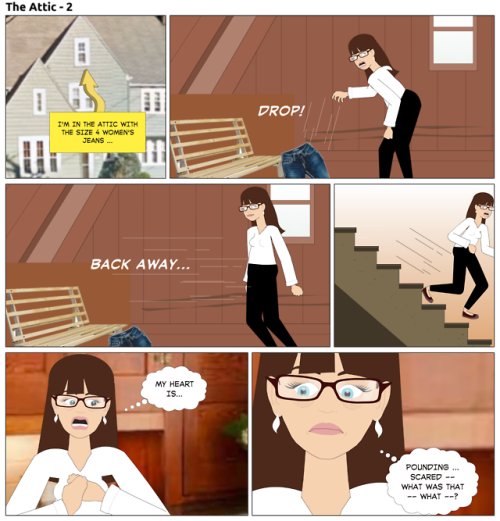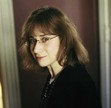Nancy Werlin's Blog, page 10
April 17, 2018
April 10, 2018
April 3, 2018
March 27, 2018
March 20, 2018
March 13, 2018
March 6, 2018
Financial FEAR -- and women writers and artists
-Nancy Werlin
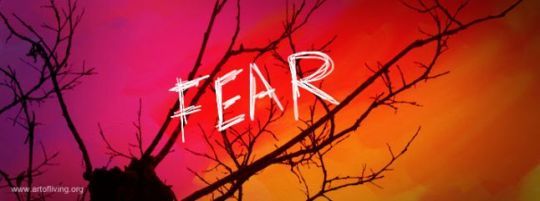
Women, money, and art. This has been an obsession of mine since
my first novel, which I’d worked on for four years, sold for $4000. I began to understand that my daily life wasn’t going to be shaped by long walks on the beach
from which I’d return—refreshed and inspired!—to write book after book, entirely
free of petty and not-so-petty financial cares.
I began to think about what what has become one of my central
questions: How to make being an artist work financially? Short-term? More importantly, long-term?
I thought it was easy enough to figure out theoretically.
You make a plan. You execute the plan. It works or it doesn’t, which is fine
because life happens and things change. So you remake your plan. Life and
change happens again. Maybe you have some very bad luck that sets you back. Again
you remake the plan, as often as necessary. And hey, maybe later on, you have some
amazing good luck and it all gets easier!
I thought that this was not much different for women artists
than for men. I did not think at all about how opportunities and advantages might
differ for women artists of color or with a disability. I thought everybody
could make it work somehow, given desire, logic, flexibility, practicality, and
some talent and persistence.
But now I’ve been at this for more than 20 years, making and
remaking my plan as life happens, and publishing 10 novels while staying employed at a regular job (my own solution). I’ve also been watching
and talking with fellow writers along the way, mostly women, making and remaking their own plans
and furthering their own art. I’ve seen that people’s lives and challenges vary
widely along the way.
I’ve seen that luck discriminates.
For most women, I have come to believe that all the desire, planning,
logic, flexibility, practicality, talent, persistence, and yes, even luck, can’t
get rid of the uninvited permanent guest in your life:
FEAR.
Women artists are afraid. We are afraid, we are afraid all
the time, and our terror exists on (at least!) two levels.
ONE. Making art is a fear-filled process, period, for women
and men both. I won’t dwell on this beyond saying that a wonderful, humane discussion
can be found in Art and Fear:
Observations on the Perils (and Rewards) of Artmaking by David Bayles and Ted
Orland. This is a book that I return to again and again for insight and fellow-feeling.
As Bayles and Orland tell it: no matter how experienced an artist you are, the
fear never goes away. You just hope to become better at recognizing it and
dancing with it and making art anyway.
TWO. But women are afraid about money on a primal level, and
beyond the good workaday reasons for financial fear that men also know. We are
afraid for reasons that have deep historical and psychological roots. We are
afraid for reasons that may seem sometimes irrational, but that are
buried in our guts and our observations of the world and of the lives of other
women, those who are superficially like us and those who are superficially
different.
This primal women’s fear affects how women artists approach even
the idea of their creative work.
Underestimate the fear at your peril.
When I was in my 20′s, I had an older friend who looked at life’s
problems in a way that was new to me. He told me that he assessed as follows: “Can
I throw money at it and make it go away? If so, it’s not a real problem.”
This was intriguing, but … well, problems that weren’t “real”
to him, were obviously real as dirt to anyone who couldn’t afford to throw
money at them.
My hypothesis is that women artists can “afford” less artistic
risk than men, for reasons that have to do with that primal financial fear,
that primal vulnerability. Therefore women’s problems in sustaining an artistic
career are harder to solve. I believe that women have fear twisted into their very
spines, and this fear not only piles on top of the “normal” fear of the risks
involved in making art, but it twists our artmaking lives, and threatens them,
and delays them, and sometimes ends them. And that it is rational fear, based in
reality and lived as well as observed experience.
Now, a woman’s financial fear will obviously often include the
same fears and realities men face (e.g., “It’s my responsibility to support
myself and my family and it feels heavy and scary,” and “discrimination blocks
my opportunities”) but women’s fear burrows in other directions too. Women’s financial fears are entwined with
historical powerlessness and with their experiences and observation of
discrimination, and also of their awareness of their “women’s roles” with
regard to caretaking (for children, for elderly parents) and how that affects
their artistic lives.
On the subject of compensation, women writers and artists know
from data studies that we are, as a group, paid less than our male peers. Publishing
is an industry where compensation varies widely, with its details uniquely hidden,
and these details are determined not by the reality of marketability (which often can’t
be determined in advance), but by the *perception* of marketability. Also,
compensation incorporates not only advances and royalty percentages, but also indirect
money in terms of marketing resources, which then affect sales.
[Sidebar on publisher marketing resources:
What I wish publishers would take on as part of their own self-examination: crunching their data about what they spent on marketing for male authors vs women authors, over (say) the last 10 years, and looking at how that stat compares to the number of men vs women that they publish. Self-examination in private can yield results, and hard data is persuasive. I believe publishers/editors are well-meaning, by the way, but if their real data were to bear out the imbalance women creators suspect exists, then it might change some reflexive practices. Right now, I expect that publishers believe they are choosing books based on commercial potential alone, and are unaware of how that choice might also be swayed by what we’re beginning to call the “fawning-over-men effect.”]
Women hope that our agents act as intermediaries and advocates
to level the publishing financial playing field … but most women fear to
push our agents on this matter, and agents, famously, are serving several
masters. Independent publishing could be an answer, a way that women writers
can earn more money by taking publishing into their own hands. It’s worked well
for romance writers, in many cases. But the children’s
book industry has particular constraints and reliance on distribution and gatekeepers that the
romance industry doesn’t have. Finally, indie publishing also means extra
financial and time spent that might or might not show a return on investment .
. . leading to more fear.
We can be emotionally hamstrung by the risks and the fears and
the money we can’t afford to throw away. When we act, when we create, we do it
alongside the fear. Fear is our companion.
Sometimes a particular woman’s financial fear is suppressed
by years of personal plenty. But often it is right there on the surface alongside
the pile of monthly bills. Rarely does it disappear—even for a writer who
appears to be doing well … at the moment.
Women’s financial reality is also often flavored with the bitter
yet seductive idea that we might “find a good provider” to “take care” of us. I
want to go down this particular rabbit hole for a moment, while acknowledging
that it is only one of many topics that bear deeper examination. Being “taken
care of financially” is a fantasy or hope indulged in by artists of both
genders. But here’s the sting: any stable financial situation can be overset in
a moment: loss of a job, a divorce, an illness. Even if this hasn’t happened to you, you’ve
seen it happen to family and friends. The bottom line: Being taken care of
means dependence, and dependence means vulnerability, and vulnerability means
that you’ve opened yourself up to the rug being pulled out from under you. It’s
another pair of dice that you’re rolling, as if the risks involved in being an
artist aren’t enough. So then—under the surface of the lovely “being taken care
of” dream is, again, our friend fear and its twin, uncertainty.
And having stuck my head down the rabbit hole of the “being
taken care of” fantasy, let me pause to acknowledge the fathomless mud pit that
is guilt. Guilt manifests in women when they take financial resources,
including time, for themselves alone—which of course is necessary to make art. Nearly
any woman is well equipped to go spelunking in the mud pit of guilt and cite
chapter and verse of why and when she feels guilty. But for now, let’s simply observe that when it comes to financial resources and women, guilt and fear are
intimately related.
Thesis: The more afraid you are, the harder it
is to make art. And nothing is more frightening than money, because it is so linked
to freedom. And freedom is the very thing we most need to make art.
I don’t have answers. I have questions for my fellow women
writers and artists, questions about your life experience and how you make your
artistic life work alongside your financial life. To what degree are you
conscious of financial fear as it intersects with your art? What constraints
are you under? How afraid are you? Does fear ebb and flow? Has it ever stopped
you? How did you restart, or haven’t you yet? Do you know others who have been
stopped and what do you think about it? Does it help to name the fear? What has
happened to your fear over time? What soothes it? What rouses it? What is the role of guilt in your life? Are you
angry? Resigned? Determined? Hopeful? Joyous? Do you feel alone? What have you
survived so far, and how?
I want to know how you personally manage to create art, dancing
with the fear and uncertainty around money.
[[ We’re celebrating Women’s History month with 31 days of posts focused on improving the climate for social and gender equality in the children’s and teens’ literature community. Join in the conversation on Facebook https://www.facebook.com/kidlitwomen or Twitter #kidlitwomen]]

